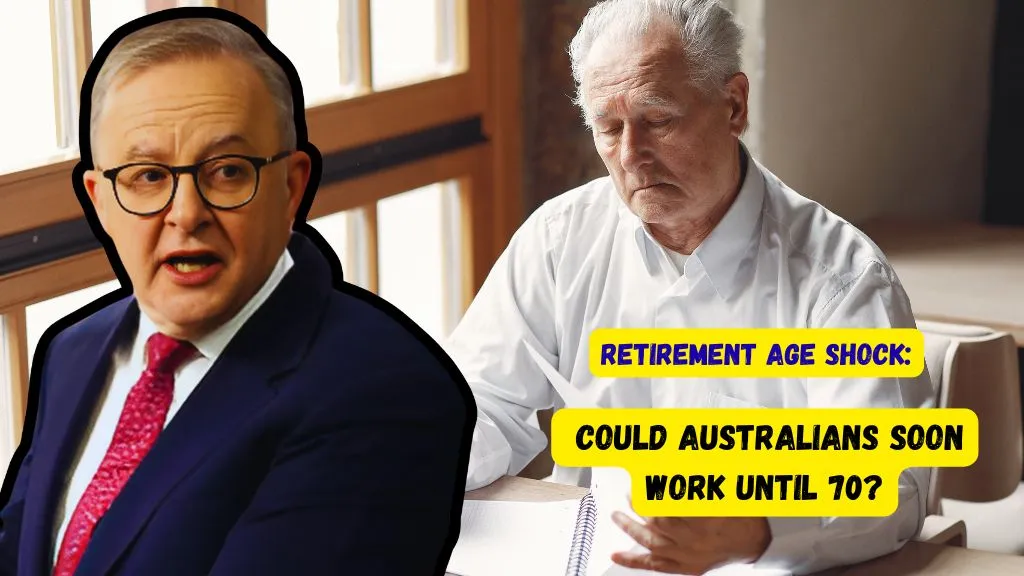Australia’s retirement program is at a critical point as leaders look hard at how long the Age Pension can keep paying out. At the moment, the pension starts at 67 years, a milestone that many workers feel is out of reach—especially those on job sites, factories, or farms where hard labor is the norm. At the same time, folks are living longer, which means the pension is getting stretched across more years. Finding the right answer means weighing the government’s need to keep spending under control against the need to treat workers fairly.

Raising the Starting Age
Debate now is zeroing in on whether the pension age should go to 68 or even 70. Such increases are already on the table in many other wealthy nations and are viewed as one way to meet the growing cost of an older population. If the government goes this route, any jump in age would probably happen in stages, similar to how Australia has already moved the age from 65 to the current 67.
Economic Case
Supporters argue that many Australians are now healthier and living longer, which could allow them to stay at work longer. By moving the pension age up, the government could meet several goals at once: slow the rise in pension spending, free up government funds for other projects, and keep skilled older workers in the job market a bit longer, where their experience is still in high demand.
Community Concerns
Older Australians are worried about the idea of working longer. Many highlight that tough jobs—like building, caring for patients, and factory work—wear the body down. Finishing a shift in your 60s or 70s feels impossible for most. Support groups say that any policy change like this will hit low-income workers and those in physically demanding jobs the hardest. The thought of being forced to keep laboring until an older age feels unfair and unsafe to them.
What’s Next for Australians
The government is hosting talks with experts, union reps, and regular Australians to hear every side of the story. People only a few years away from retirement are nervously tracking every announcement, hoping for clear answers about their finances. These meetings show the tricky job of making the retirement system last while also keeping the most at-risk workers from falling behind.
As the talks stretch on, leaders must create plans that respect how long we live now while also recognising the very different paths workers take in their careers. Finding that balance is the biggest job for decision-makers and for all of us watching and waiting.
